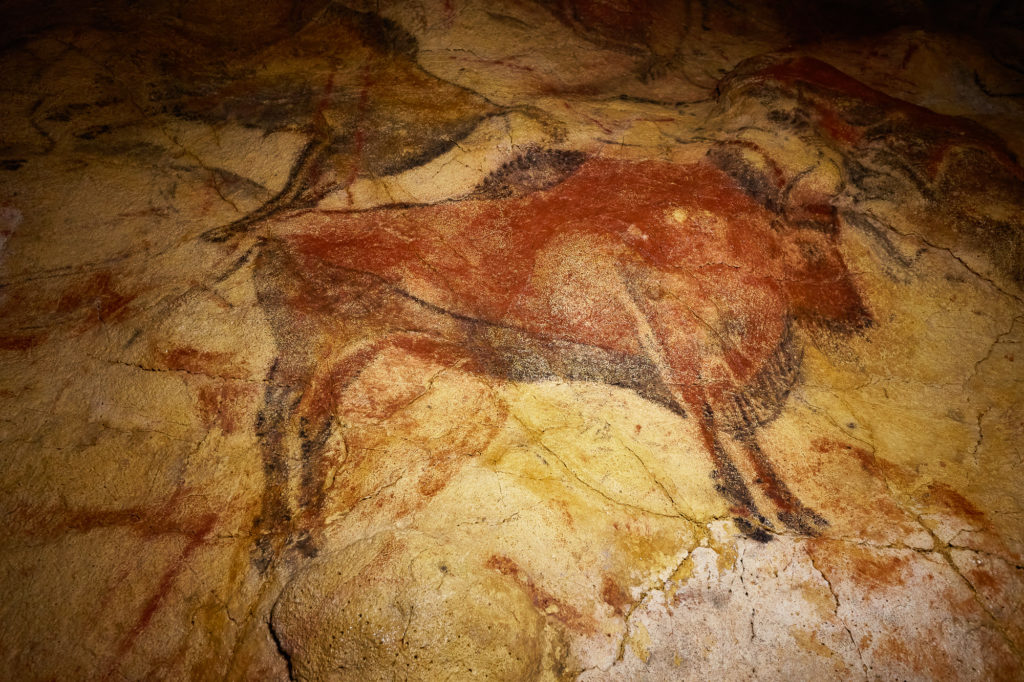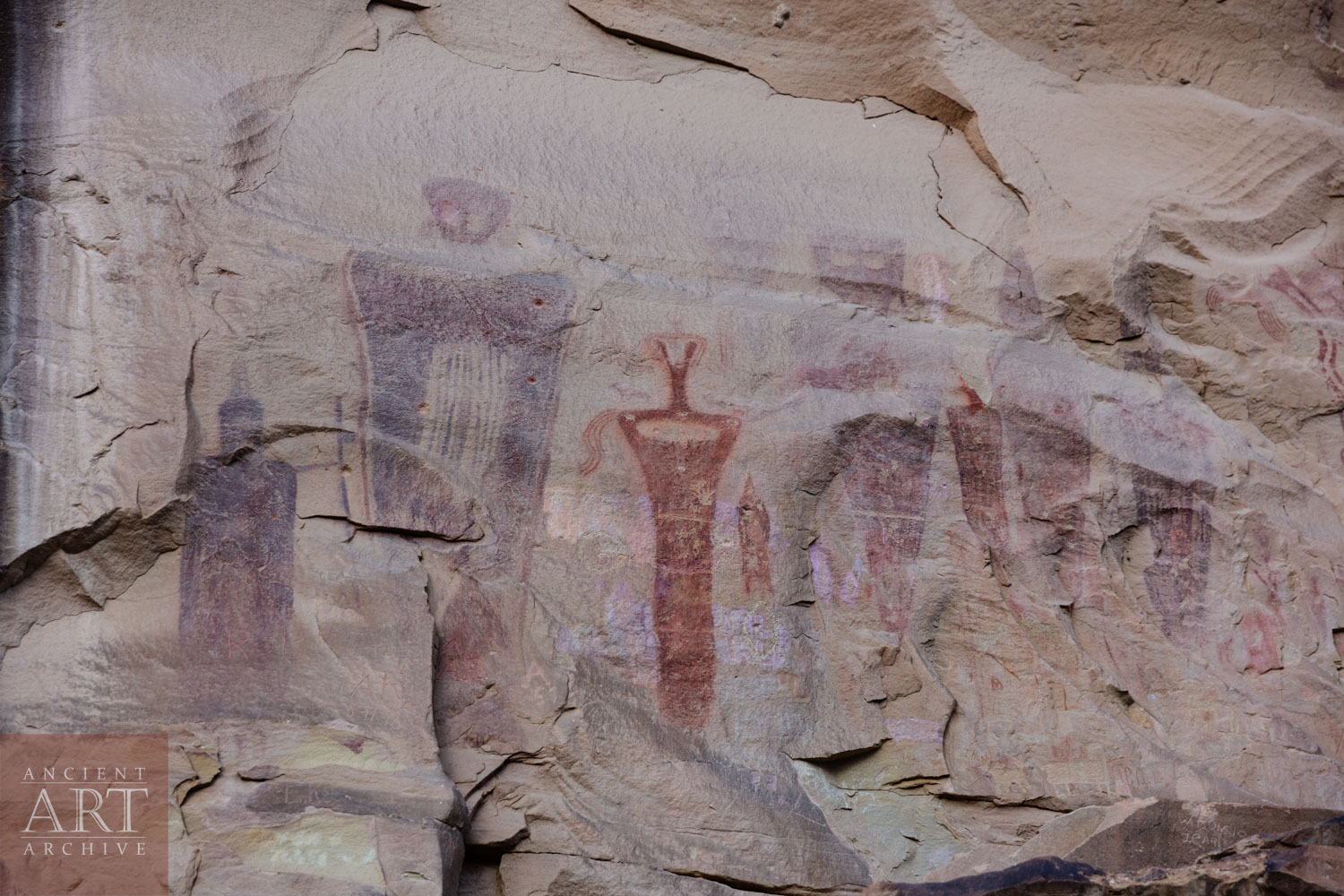Pointillism, the impressionist painting technique that was previously thought to have been invented in 1886 is in fact considerably older. But considering the words of Pablo Picaso that is no surprise.
“In 15,000 years, we have invented nothing.”
Pablo Picaso
There is a story that Picaso once visited Altamira, the famous Paleolithic cave in Northern Spain. Picasso was said to have emerged from the cave shaking his head. When questioned about his reaction to the art Picasso –the leading modern artist of his time– replied that we have invented nothing. Pointillism, cubism, the ancient artists knew it all.
The story is probably apocryphal. But like many such stories, there is more than a grain of truth in it. One of the reasons that I launched the Ancient Art Archive is that I was so overwhelmed by how sophisticated some of the very earliest art is. I walked into a cave in France and emerged knowing that Paleolithic people thought just like we do, that visual communication is inherent to our survival strategy.
Over my years of documenting Ancient Art, I have seen how sophisticated ancient people’s artistic sensibilities are.
The news that pointillism was developed at least 38,000 years ago is very interesting, but not surprising. NYU’s Randall White led excavations in the Vézère Valley of SW France. The digs uncovered limestone tablets that used a pointillist technique to engrave mammoths and horses.
The work is originally reported in the Quaternary Journal (here) and discussed at length in the press (Smithsonian, NYT).







